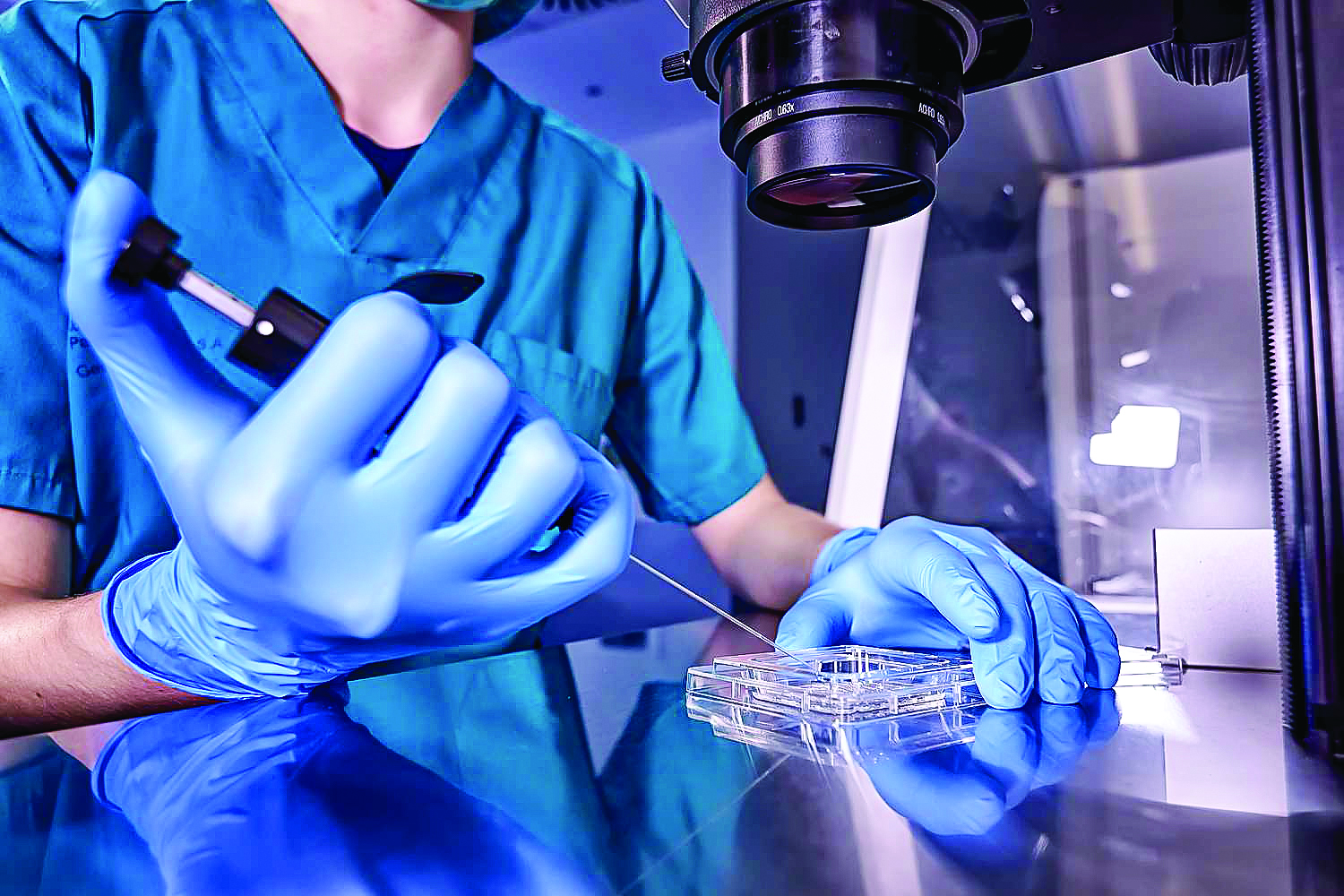In the early days of In Vitro Fertilization (IVF), the prevalent practice of transferring multiple embryos aimed to bolster success rates, providing hope to couples yearning for parenthood. Yet, this approach was not without its pitfalls, notably escalating the risk of multiple pregnancies and instilling apprehension in many regarding the likelihood of conceiving twins through IVF.
In the recent past, Embryo Transfer IVF technology—a groundbreaking advancement in reproductive medicine was launched. By wisely identifying the embryo with the highest likelihood of successful pregnancy, specialists can now precisely transfer a single embryo to the uterus, while safeguarding other viable embryos through cryopreservation for future use. Particularly advantageous for clients with a favorable prognosis, this method underscores that IVF success hinges not on the quantity of embryos transferred, but rather on the quality of the selected embryo and the unique diagnosis of the client.
Moreover, the difficult part of combining a healthy embryo with one of inferior quality exacerbates the challenge, as the body often prioritizes the suboptimal embryo, diminishing the likelihood of successful implantation.
Single Embryo Transfer (SET) IVF emerges as a promise of high success rates attributed to the meticulous focus on identifying and implanting one high-quality embryo. This approach not only optimizes the chances of conception but also preserves other fertile embryos for subsequent attempts.
Prior to the advent of SET, reliance on multiple embryo transfers posed inherent risks, particularly the heightened likelihood of multiple gestations. The introduction of SET not only gave pregnancy success but also mitigated the myriad complications associated with multiple pregnancies, including premature delivery, miscarriage and various fetal and maternal health concerns.
In essence, Single Embryo Transfer stands as a cornerstone of modern fertility treatment. Furthermore, its cost-effectiveness underscores its appeal as a preferred option in the realm of assisted reproductive technology, offering renewed hope and prospects for couples embarking on the journey to parenthood.
The author is the MD, FICS, FICOG, and an Infertility Specialist & Gynae Endoscopists























